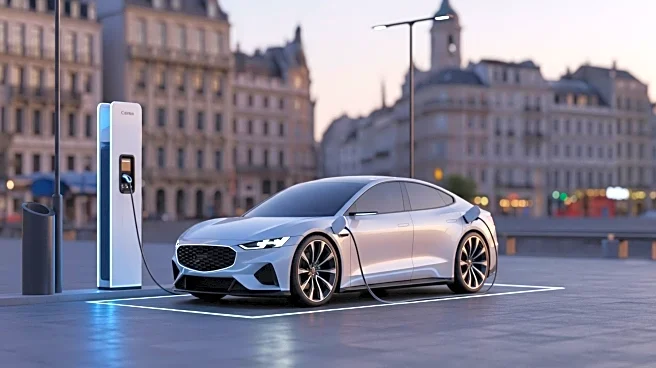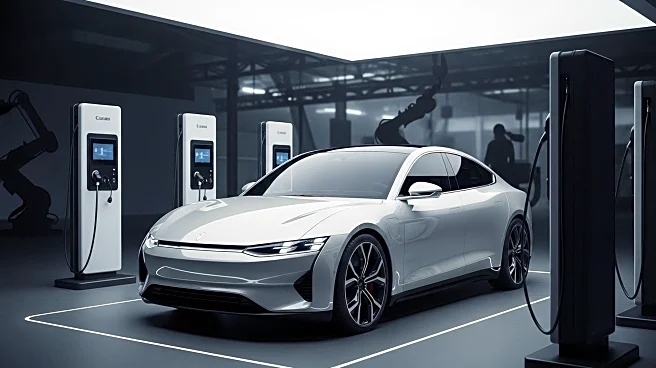What's Happening?
Audi vehicles, particularly their performance models, are known for a tendency to understeer. This characteristic is primarily due to the design and engineering choices that place a significant amount of weight over the front axle. Unlike competitors such as Mercedes-Benz and BMW, which often use rear-wheel drive systems, Audi employs the quattro all-wheel drive system. This system, along with the engine placement, contributes to the nose-heavy design of Audi cars. As a result, when traction is lost, the front of the car tends to wash out, leading to understeer, which is less desirable for driving enthusiasts who prefer the controllable nature of oversteer.
Why It's Important?
The handling characteristics of a vehicle are crucial for driving enthusiasts and can significantly influence consumer preferences. Audi's tendency to understeer may affect its appeal among those who prioritize driving dynamics and performance. This design choice highlights the trade-offs between different drivetrain configurations and their impact on vehicle handling. For Audi, addressing these handling characteristics could be essential to maintaining competitiveness in the performance car market, where driving experience is a key selling point.
What's Next?
Audi may need to consider engineering adjustments to mitigate understeer in future models. This could involve re-evaluating weight distribution and drivetrain configurations to enhance handling dynamics. As consumer preferences evolve, particularly among performance car buyers, Audi's ability to adapt its design philosophy could be critical in retaining market share against rivals that offer more balanced handling characteristics.
Beyond the Headlines
The understeer issue in Audi vehicles also reflects broader industry trends in vehicle design and engineering. As automakers strive to balance performance, safety, and efficiency, the choices they make in drivetrain and weight distribution can have significant implications for vehicle dynamics. Audi's approach underscores the complexity of automotive engineering and the ongoing challenge of meeting diverse consumer expectations.











